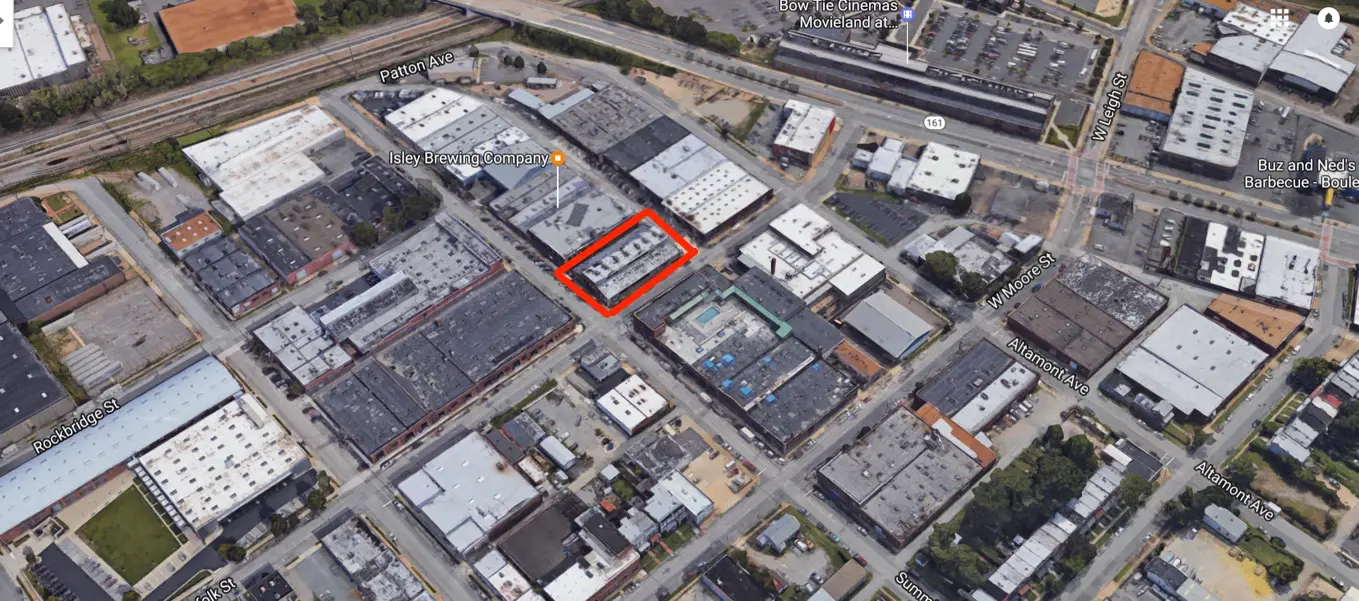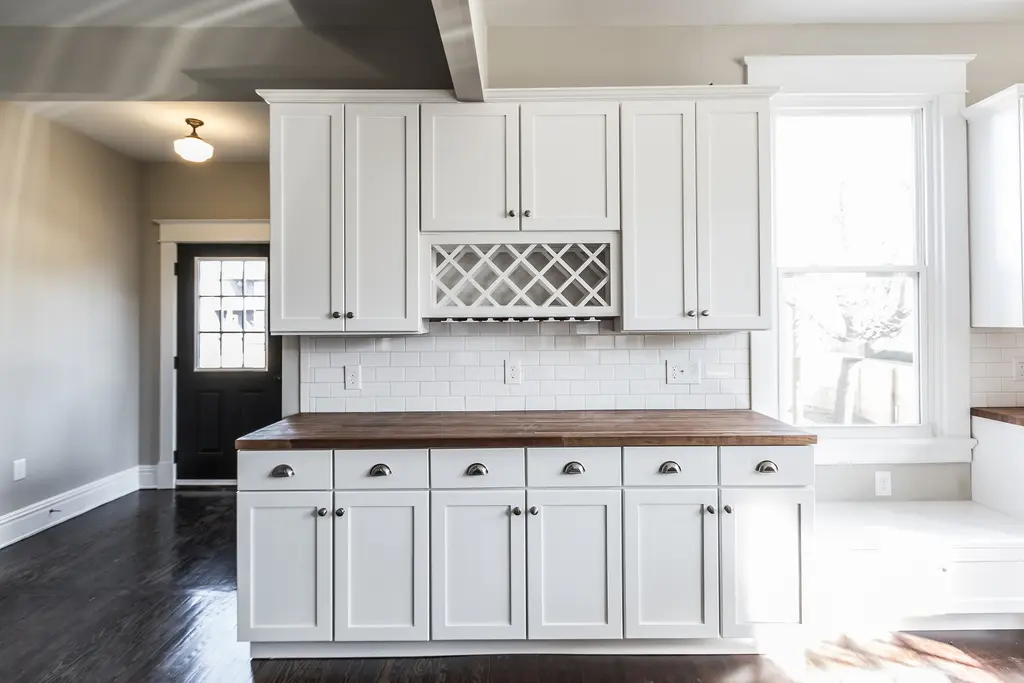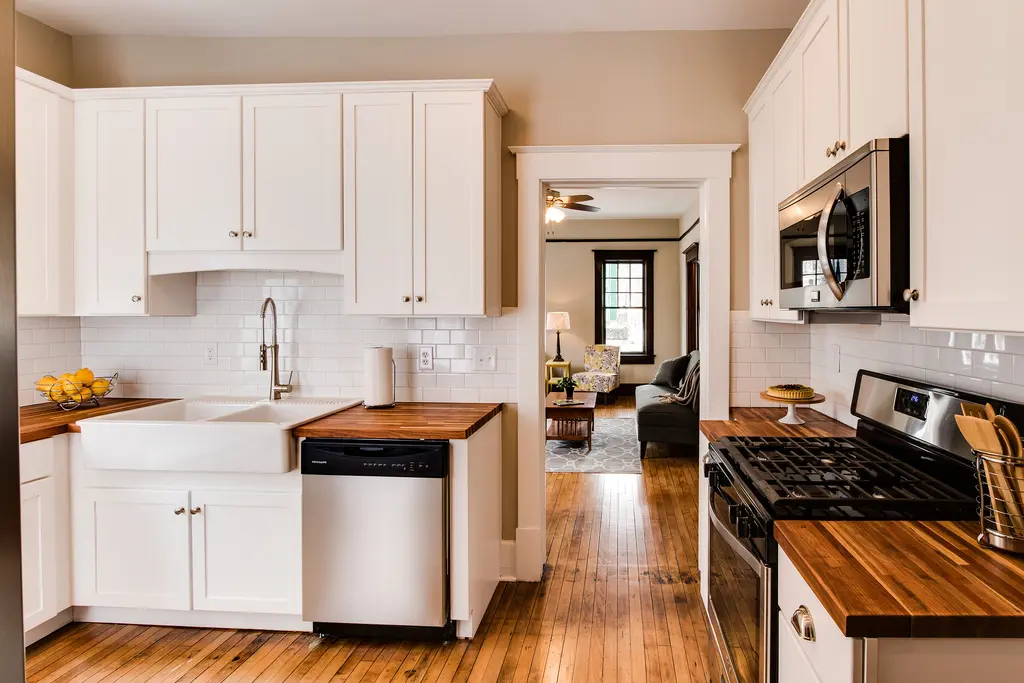Newsflash — the real estate market is seasonal.
Maybe it’s the fact that data is so readily available (and thus, measurable), or maybe it is the fact that the inventory situation is so strange, but never before do I remember such a pronounced difference between market conditions over the course of a calendar year.
For each of the last several seasons, the market seems to get started earlier and reach its peak a month or more before it used to. Furthermore, the number of homes sold has been increasing in the first half of the year and declining in the second half, effectively sending a message that if you haven’t bought by June, you are less likely to do so.
Each season has its own ebb and flow, which seems to become more distinct as the years go on:
Real Estate Winter
For the most part, “Real Estate Winter” begins around Halloween and then ends at the first sign of warmer weather in January.
For the shrewd buyer, the end of the year can offer some value. Interest rates tend to fall a bit towards the end of the year (as demand for mortgages drop) and while the inventory is picked over, sometimes sellers will be a little more aggressive knowing that if they don’t get their home sold by the end of the year, it may be the following spring before they will get another chance.
Highlighting this period is December 31, the date on which many listing agreements end (also called ‘expired’ listings). For any of you who have had your listing expire, you know it as the date that about 1000 Realtors will call (ok, berate) and try to get you to ditch your current agent and instead list with them.
Real Estate Spring
Beginning in middle to late January (or possibly February, depending on the weather) and ending sometime in the latter part of May, we experience the spring market.
As many will tell you, the spring market is the busiest of them all with roughly 40-50% of yearly home transactions occurring during this time.
The spring market, especially in the last few years, has been insane. Bidding wars, escalation clauses, accelerating pricing, missed appraisals — all are a common occurrence. Sellers have figured this out and act accordingly.
For the buyer, the spring market represents the time when the best homes come on the market, and thus they are willing to go through the pain of buying into a seller’s market. Sellers also know that they are most likely to get the best price and the best terms if they can time it appropriately.
Real Estate Summer
Toward the end of May, the market begins to slow a bit from the insanity of March and April.
Graduation, prom, and weddings start to dominate the weekends and the market begins to tap the brakes as people head to the beach and reconnect with friends and family.
From as early as June and definitely by August, the market decelerates. And while a great deal of housing data will show a high level of transactions in June and July, in reality, those contracts were written in the late spring and are not really a part of the summer market — at least from a Realtor’s perspective.
That said, June is still pretty active, especially in the suburban markets where families attempt to jump to new school districts and close before the start of the next school year.
Real Estate Fall
As kids get settled into school and people return from vacation, the market experiences a small run on the last of the available quality homes from September into late October. As the trees begin to turn colors and the fall air returns, a 45-60 day period of decent sales occurs.
That said, the fall market in the past several years has been less robust than in prior years as much of the demand that you might typically see in the fall has already occurred in the spring and this second bump in sales is stifled. Is this a permanent shift in behavior or a temporary one? Only a normalization of inventory levels will tell …
Some caveats to consider:
SubMarkets Differ
The city market is different than the suburban market, and the rural market is more different yet. As an example, the Millennial generation is choosing to leave the downtown apartment lifestyle, they are putting a great deal of pressure on the entry price points, especially in the city. Markets also differ based on value, with more affordable homes following a slightly different trend than the luxury neighborhoods. Don’t assume that all of the submarkets and price points operate in the same manner.
Comps
Market values are largely influenced by comparable sales. Comps, by their very nature, are events that occurred in the past, making it dangerous to use them to determine current decisions in a market that changes so frequently and rapidly from season to season. A December sale means very little in March. Beware.
Condos
The condo market is far less seasonal than the single family home market due to the fact that the typical condo buyer or seller is less likely to be timing the market due to schooling or child care concerns.
New Homes
Buyers seeking to build a new home will typically start around January 2nd every year. The flurry of activity in the market that starts the day after New Year’s Day is populated by buyers who want to build a house and be in it in time for the new school year. With most suburban builders able to build a home in 6-8 months, buyers need to make decisions by the end of January in order to make the summer move.
Commercial/Investment Properties
The commercial marketplace operates similarly to the single family market in terms of seasonality. Commercial investors tend to be fairly wealthy and vacations are a part of every summer, which slows decision making, negotiations, and transactional processes greatly. It’s not uncommon for a transaction that was motoring along during April and May to grind to a halt for June and July as the buyer, seller, attorneys, and lenders all leave for weeks of vacation and let the deal sit on the corner of their desk until they return.
Summary
At the end of the day, the “best time” to sell a home is largely dictated by your own situational needs: If a job becomes available in August and you need to sell your home, by all means, do so. Don’t wait for spring just for the sake of waiting, just be prepared to adjust your pricing strategy according to the seasonality of the market.
Applying some of the strategies outlined above can make a huge difference. Remember: All comparable sales are not created equally and comps from fall or winter are not good indicators of the spring (and vice versa). For the shrewd buyer and seller, knowing how to use the seasons to your advantage can make a huge difference in the deal you strike.










